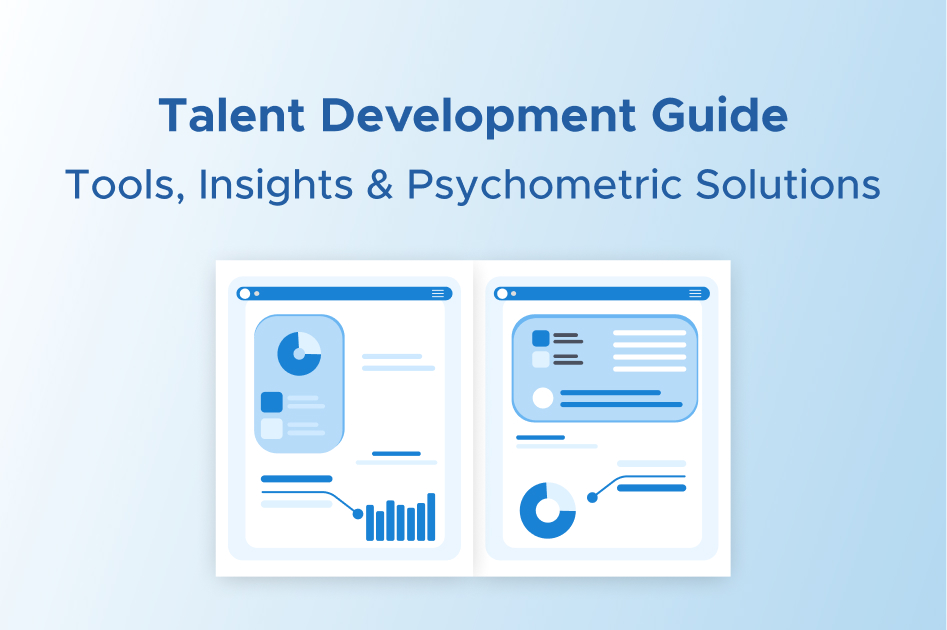5 Practical Tips For Creating A Continuous Feedback Culture

Creating a robust feedback culture is crucial for any organization aiming to enhance employee satisfaction and drive growth. A continuous feedback culture improves individual performance and contributes significantly to overall organizational success. To build and maintain such a culture, consider these five practical tips:
1. Encourage Regular Check-ins
Regular check-ins are fundamental in establishing a feedback culture. Schedule consistent one-on-one meetings between managers and employees to discuss performance, goals, and areas for improvement. These meetings provide a dedicated space for employees to share their thoughts and receive constructive feedback promptly.
Why Regular Check-ins Matter:
- Preemptive Problem Solving: Regular interactions allow managers to address potential issues before they escalate, helping to resolve minor concerns quickly and efficiently.
- Enhanced Engagement: Frequent check-ins foster a sense of connection and engagement among employees, making them feel valued and heard.
- Continuous Improvement: By discussing performance and goals regularly, employees can continuously improve their skills and align their efforts with organizational objectives.
2. Implement 360-Degree Feedback
360-degree feedback is a comprehensive tool for gathering input from various sources, including peers, subordinates, and supervisors. This holistic approach provides a well-rounded view of an employee’s performance and developmental needs.
Benefits of 360-Degree Feedback:
- Comprehensive Insights: It offers a broad perspective on an employee’s strengths and areas for improvement, which can be more accurate than feedback from a single source.
- Enhanced Development: With input from multiple stakeholders, employees can better understand their impact and areas where they can develop further.
- Improved Relationships: This approach can also help in improving relationships within teams as it encourages openness and transparency in feedback.
Best Practices for 360-Degree Feedback:
- Ensure Anonymity: To encourage honest and constructive feedback, ensure that responses are anonymous where possible.
- Provide Training: Train employees on how to give and receive feedback effectively to ensure the process is constructive and beneficial.
3. Utilize Feedback Tools and Platforms
Leverage modern feedback tools and platforms to streamline and enhance the feedback process. These tools can automate feedback collection, provide valuable analytics, and track progress over time, making managing and acting on feedback easier.
Effective Feedback Tools Include:
- Anonymous Feedback Platforms: These allow employees to provide honest feedback without fear of repercussions.
- Employee Engagement Software: Tools that track engagement and satisfaction levels can help identify trends and areas that require attention.
- Feedback Management Systems: Comprehensive systems that facilitate feedback collection, analysis, and action planning.
Advantages of Using Feedback Tools:
- Efficiency: Automates the feedback process, reducing administrative burdens and ensuring timely feedback.
- Data-Driven Decisions: Provides analytics to help make informed decisions based on feedback trends.
- Actionable Insights: Helps identify actionable insights to improve performance and satisfaction.
4. Conduct Employee Satisfaction Surveys
Employee satisfaction surveys are crucial for gauging overall morale and identifying areas for improvement. Regular surveys provide insights into employee needs, expectations, and satisfaction levels, which can inform strategic decisions.
Why Conduct Surveys:
- Understand Employee Needs: Surveys help capture employees' voices and understand their needs and concerns.
- Measure Satisfaction: Regular surveys can track changes in employee satisfaction over time and identify areas where improvements are needed.
- Drive Improvements: The insights gained from surveys can guide the implementation of targeted strategies to enhance the work environment and address issues.
Best Practices for Employee Surveys:
- Ensure Anonymity: To get honest responses, ensure that surveys are anonymous and that employees feel comfortable sharing their opinions.
- Act on Feedback: Use the results of the surveys to implement meaningful changes and communicate these changes back to employees.
5. Promote a Feedback-Positive Environment
Creating an environment that values and encourages feedback is key to fostering a strong feedback culture. Leaders and managers should model positive feedback behavior and recognize employees actively engaging in the feedback process.
Ways to Promote a Feedback-Positive Environment:
- Lead by Example: Leaders should actively seek and provide feedback, demonstrating its value and importance.
- Recognize Efforts: Acknowledge and reward employees contributing to a constructive feedback culture.
- Provide Training: Offer training on giving and receiving feedback effectively to ensure that feedback is constructive and leads to growth.
Additional Tips:
- Create Feedback Channels: Establish various channels for feedback, such as suggestion boxes or online platforms, to cater to different preferences and ensure everyone has an opportunity to contribute.
- Foster Open Communication: Encourage open dialogue and create a safe space for employees to share their feedback and suggestions.
Conclusion
Building a continuous feedback culture requires a dedicated effort to foster open communication, implement effective tools, and create an environment that values feedback. By following these tips, organizations can develop a feedback culture that enhances individual performance, drives organizational success, and improves overall employee satisfaction. Remember, a strong feedback culture benefits employees and contributes to the organization's long-term growth and success.
Related posts
Explore moreEmotional Intelligence Assessments for Recruitment

A Better Approach to Succession Planning Using Assessment Data

